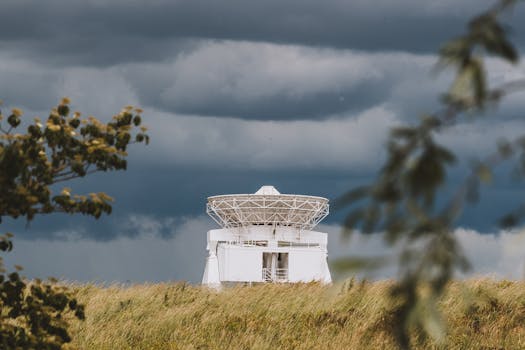GEO Satellites: Unlocking the Power of Geostationary Orbit
GEO satellites, or Geostationary satellites, are a type of satellite that orbits the Earth at an altitude of approximately 36,000 kilometers, remaining stationary relative to a fixed point on the Earth’s surface. This unique characteristic allows GEO satellites to provide continuous coverage of a specific region, making them ideal for a variety of applications. GEO satellites have been a cornerstone of the satellite industry for decades, and their importance continues to grow as the demand for satellite-based services increases.
History of GEO Satellites
The concept of GEO satellites was first proposed by scientist Arthur C. Clarke in 1945. However, it wasn’t until the 1960s that the first GEO satellite, Syncom 2, was launched. Since then, hundreds of GEO satellites have been launched, providing a wide range of services including television broadcasting, telecommunications, and weather forecasting. Today, GEO satellites play a critical role in modern society, enabling global communications, navigation, and remote sensing.
How GEO Satellites Work
GEO satellites work by transmitting and receiving signals to and from Earth-based stations. The satellite’s onboard transponder amplifies the received signal and re-transmits it back to Earth, allowing the signal to be received by a wide range of users. GEO satellites typically operate in the C-band, Ku-band, or Ka-band frequency ranges, each with its own unique characteristics and applications. The C-band, for example, is commonly used for television broadcasting, while the Ku-band is often used for telecommunications and broadband services.
Applications of GEO Satellites
GEO satellites have a wide range of applications, including television broadcasting, telecommunications, weather forecasting, and navigation. Television broadcasting is one of the most common uses of GEO satellites, with many channels being transmitted via satellite to a global audience. Telecommunications is another major application, with GEO satellites providing broadband services, voice communications, and data transmission. Weather forecasting is also a critical application, with GEO satellites providing high-resolution images of the Earth’s atmosphere and oceans. Navigation is another important application, with GEO satellites providing location information and timing signals for a wide range of users.
Future of GEO Satellites
The future of GEO satellites looks bright, with advancements in technology and increasing demand for satellite-based services driving growth. The development of new satellite constellations, such as OneWeb and Amazon’s Kuiper Systems, is expected to further increase the number of GEO satellites in orbit. Additionally, the growing demand for broadband services, particularly in developing countries, is expected to drive the adoption of GEO satellites for telecommunications and internet connectivity. As the satellite industry continues to evolve, GEO satellites will remain a critical component, providing a wide range of services and enabling global communications, navigation, and remote sensing.
